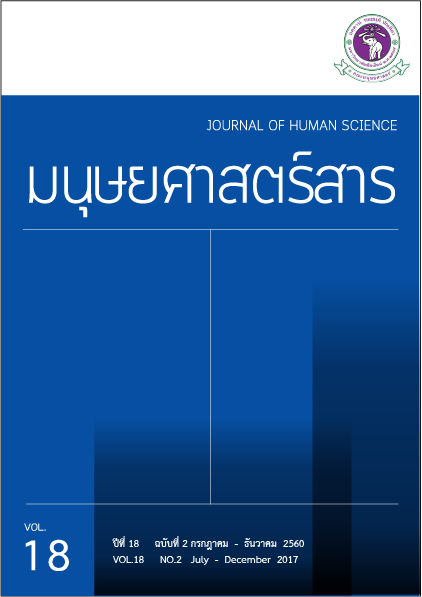Intertextuality in Grammar Tales by Erik Orsenna
Main Article Content
Abstract
The objective of this article is to analyze a conversational dialogue between two texts, because both the prior text and its intertext were found in five grammar tales written by Erik Orsenna. The study focuses on discourse using intertextuality from drama and poetry as well as using well-known social text of writers. Regarding the analysis, the researcher adopted the ideas of structural linguistics of writers whose work is often characterized as structuralist and as post-structuralist. It was evident that language is made up of units that do not contain inherent meaning and that are related to other units through their differences. The meaning of a text is therefore constantly contingent, never becoming stable. Intertextuality asks us to think about why Erik Orsenna is choosing this particular literary text, how he is including the text in grammar tales and to what extent the book is shaped by the text. The research results showed that he used two forms of intertextuality: one form of intertextuality is a prolonged reference to a literary text in a second literary text. This reference might involve the author simply giving the title, adopting a famous character name or revisiting a famous scene from another book. A second form is a prolonged reference to artistic works or social words in a literary text. In summary, rather than referencing phrases from other works, a refined use of intertextuality in grammar tales involves an ideology of protectionism of French language and culture because it represents cultural values and can embody a set of cultural dispositions (habitus) in individuals and social groups.

